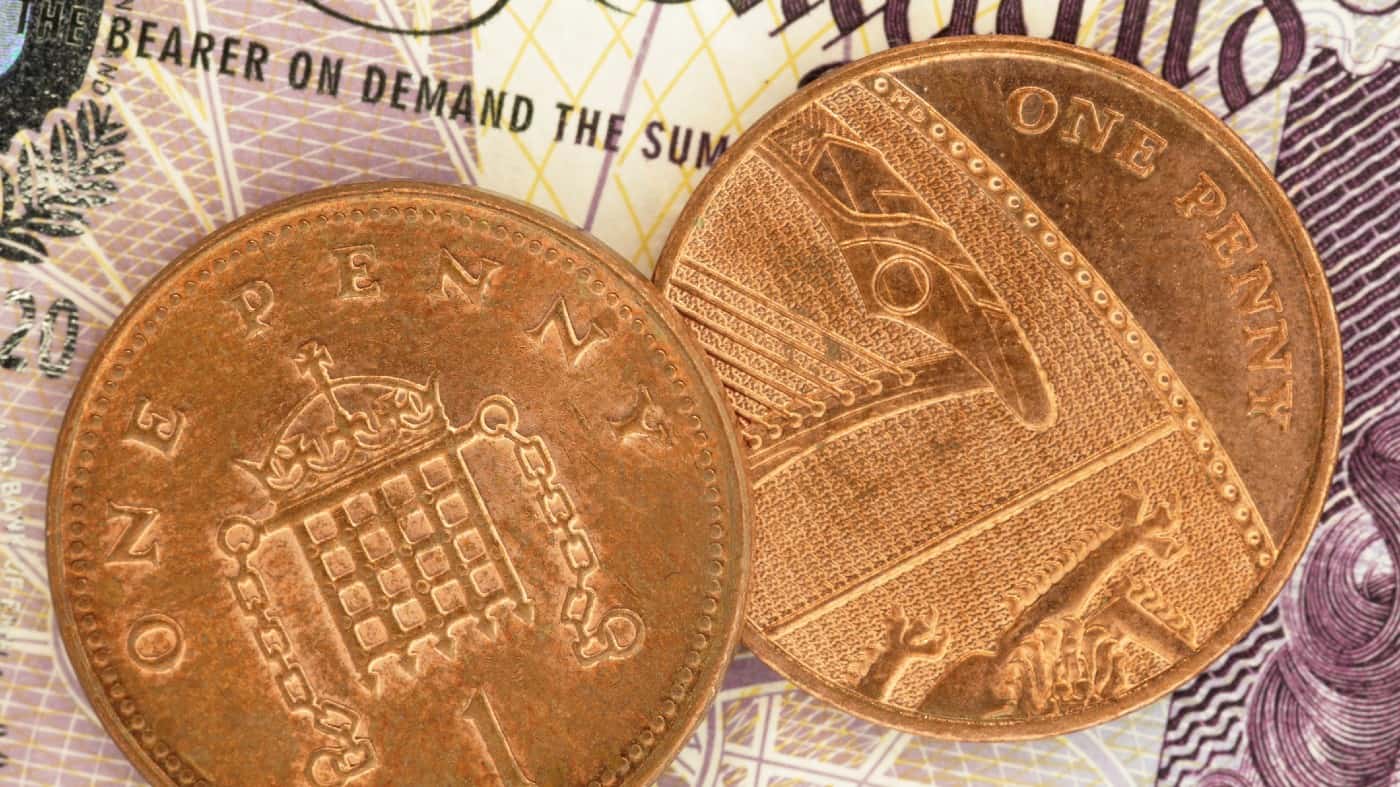Image source: Getty Images
HSBC (LSE:HSBA) shares are currently among the best income stocks on the FTSE 100. With a dividend yield of 6.7%, they come with the eighth-highest yield on the index.
However, dividends aren’t guaranteed, so it’s not certain that it will continue making this payout. But forecasts can help us assess its future prospects.
The dividend forecast
The table shows analysts’ forecasts for HSBC’s dividend until 2026.
| YEAR | DIVIDEND PER SHARE | DIVIDEND GROWTH | DIVIDEND YIELD |
| 2024 | 84.24c | 38.11% | 9.3% |
| 2025 | 63.8c | (24.03)% | 7.04% |
| 2026 | 65.53c | 2.9% | 7.23% |
At first glance, it may seem that the bank’s dividend forecast doesn’t look great.
But this doesn’t tell the whole story. It’s easy to believe that the company will significantly reduce its payout next year, as we can see a 24% reduction in the dividend. However, this ignores the special dividend of 21c announced at the end of April handed out because of the sale of its Canadian business.
That’s why the 2024 yield of 9.3% in the above table is higher than the headline yield of 6.7%. It includes the special dividend, whereas the 6.7% is computed by taking all amounts paid over the last four quarters less the special dividend.
If we take this out, the expected dividend for 2024 is only 63.24c, 3.7% above the 61c paid in 2023, and still growing by 0.9% to reach 2025’s expectation of 63.8c. Therefore, we can see the ordinary quarterly dividends are still increasing over time.
The dividend opportunity
Now, if I were to invest £10,000 into its shares, I could buy 1,438 of them at its current price of £6.95.
Using the last four quarters as the basis for my calculation and ignoring the special dividend the income per share is 48.22p (after obtaining the sterling equivalents from HSBC’s website).
Therefore, my £10,000 investment would make me £693.34 a year.
With a yield of 7.04% in 2025, my income from the investment would rise to £704 in that year. And then in 2026, it looks like it will rise again, to £723, based on the 7.23% yield. This is without any further investment after my initial spend.
Let’s look at the company’s dividend growth rates between 2020 and 2023 below:
| YEAR | DIVIDEND GROWTH |
| 2020 | (70.59)% |
| 2021 | 66.67% |
| 2022 | 28% |
| 2023 | 90.62% |
In 2020, there was a massive cut to the dividend, which was due to the pandemic. However, the dividend has since been hiked year on year.
This is forecast to slow down between 2024 and 2026. But we can see HSBC has a strong track record of dividend rises.
I’m going to be very conservative and assume the annual growth rate in the dividend is only 2% going forward. Ten years from 2026, my annual receipt from HSBC would be £881.33. In 20 years, it would be £1,074.34.
If I were to reinvest my dividends or make a monthly investment in its shares, I could accelerate this process and make even more.
Now what?
It’s important to remember there are risks with HSBC shares. It has high exposure to the Chinese economy, which is currently struggling. As interest rates fall, its net interest income could also fall, which could hurt earnings. But as a passive income opportunity, I think its shares are definitely worth considering.
Credit: Source link














